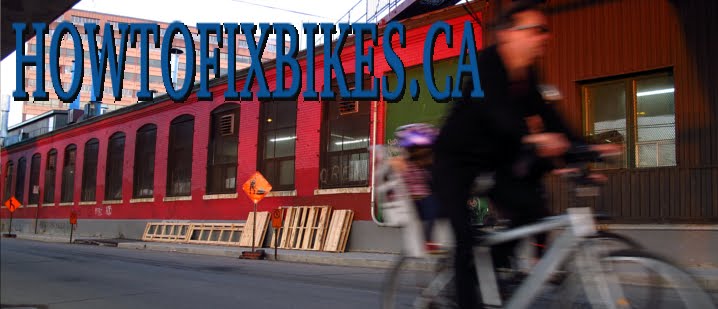Well finally Spring decided to show its face around here and I managed to find some time to get my bike out of storage. Proper planning in the Fall of storing parts in designated places made getting them back on the bike a breeze. Nothing is more frustrating than losing an hour swearing like a sailor because you can't locate your seat. That's valuable riding time lost and your loved ones thinking less of you.
The one thing I caught myself doing however was having a hard time screwing the first pedal back in. I very well know that the left side pedal is a reverse thread, so I should be the first to catch on to any kind of problem. So there I am on the right side and the darn thing won't screw in. While scratching my head trying to figure out if the entire Universe had a pole shift for this not to work, I turned the pedal over and realized that it was the left side pedal!
This goes to show that, like the drivetrain on your bike, your skills can sometimes get a little rusty. Remember this if you start to wrench on your ride after you've been on hiatus. Deal with one problem at a time, double check everything you've touched and don't postpone anything for later, even for a minute.
Another important aspect is to do a short test ride after doing any kind of repair on your bike. Go as far as you are willing to walk and bring some tools. Going for a big ride right after a big repair is asking for trouble. I hope this little advice has helped you out.
Don't forget to check out the how-to articles post
and download my free bike maintenance book if you haven't already.
Until next time, ride safe and free.
Gerry :)











